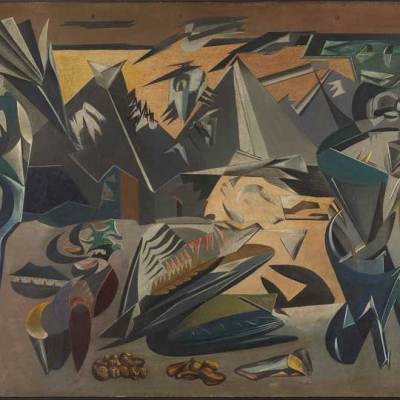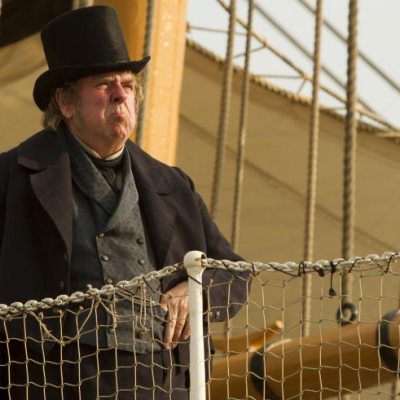A round-up of the week’s reviews and interviews
East meets West: The Hudson River School at LACMA (Louise Nicholson)
The LACMA show’s paintings present ravishingly beautiful parts of the USA that remain untamed: awe-inspiringly grand, forested and lush, rugged and romantic, with panoramic views free of factories, towns or any buildings at all. They interpret the idea of the sublime in a particularly American way. And they make you want to head off to enjoy them right now.
First Look: ‘Self’ at Turner Contemporary (Sarah Martin)
[I]t has been particularly interesting to learn just how many of the artists that came to London in the 17th century were immigrants from continental Europe who introduced new skills and approaches to British art. The city into which Van Dyck arrived was a real melting pot, with an expanding population of religious and economic migrants. This transformed not only painting, but also many other crafts.
Poliakoff’s late paintings at Timothy Taylor Gallery (Peter Yeung)
The work on show at Timothy Taylor Gallery reflects a ramped-up, refined idea of abstraction. Composition abstraite (1967) is cleaved into two contrasting sections: one a royal blue, the other a bloodcurdling scarlet, drawn like lines of battle or where sea meets land. On closer inspection, its lightly chalked texture further evokes remnants and reminders of war.
‘Conscience and Conflict’ at Pallant House Gallery (Emma Crichton-Miller)
As the gallery’s artistic director, Simon Martin, explains in the Pallant House magazine, Britain was officially neutral. But for many British artists and writers, the local conflict between the Republicans and Franco’s insurgents was emblematic of a much greater Europe-wide battle between radically opposed ideologies. It offered an apparently clear confrontation between democracy and various forms of fascist authoritarianism, however complicated by atrocities on both sides, and stimulated the political and social conscience of a whole generation of artists.
First Look: ‘The Decorator and the Thief (…)’ at the NGCA (George Vasey)
I was tasked with curating a show around art and craft when I started here and I started to think about hierarchies; why do we value one art form over another? The title came early and does a good job of summing up the show.







